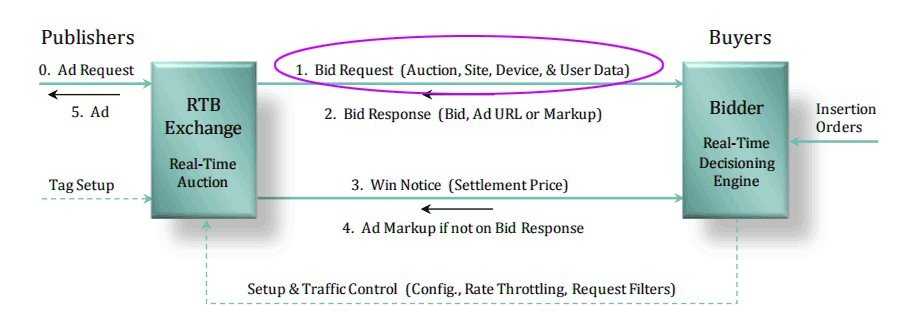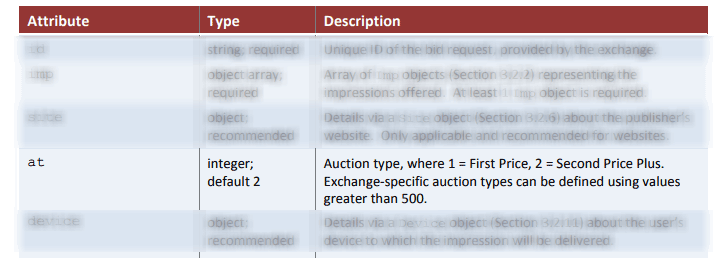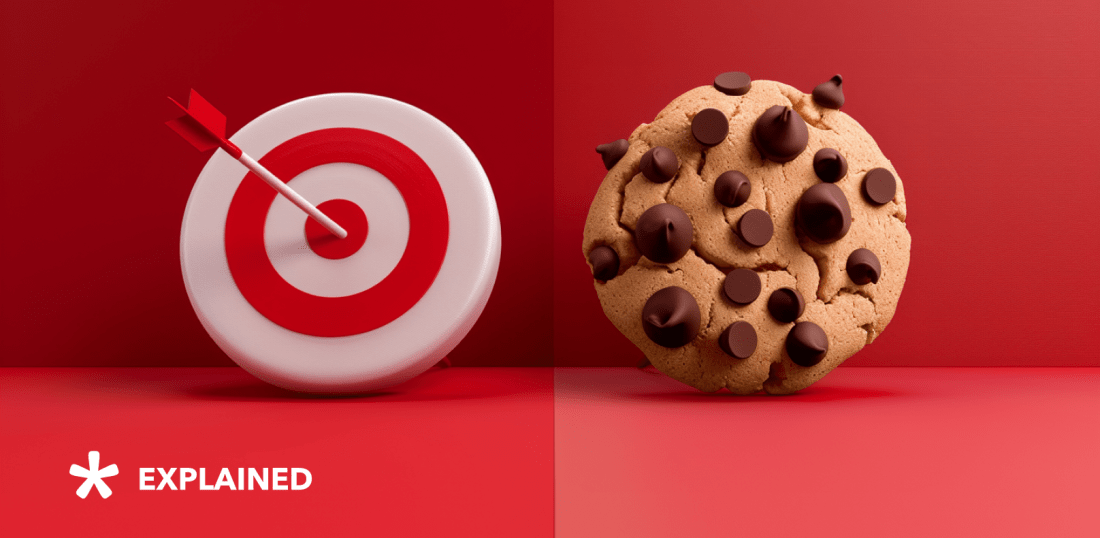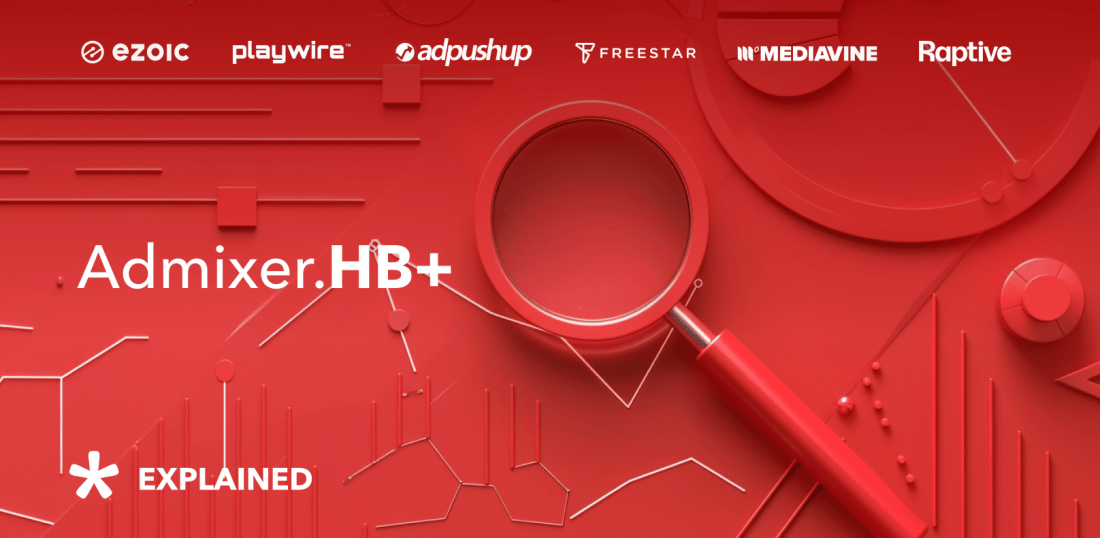First-price ad auction plays first fiddle
A number of ad exchanges announced they will open the info on the type of ad auction publishers bid in. Why is it even a problem? And what’s the difference between auction types? Let’s dive in.
Ad exchanges use two ad auction types – first-price and second-price
| The waterfall ad buying works by the second-price model. | Header Bidding works by the first-price model. |
| The bidder with the highest bid wins. | The bidder with the highest bid wins. |
| The winner pays the price submitted by the second highest bidder plus one penny. | The winner pays the highest submitted price. |

Picture: Admixer
An ad auction is performed based on OpenRTB protocol. When user visits a website, requests for bids are sent to buyers, so that they can bid on this opportunity for a user to see their ad. And their bidding strategies for two ad auction types differ greatly.

Bid request’s place on RTB sequence scheme
Such bid request has a unified structure, determined by IAB standards. The standard of a bid request includes the line, where the auction type is mentioned. Not all participants of ad buying process get these data. A number of ad exchanges led by OpenX want to bring more openness to the process of bidding on inventory. Their initial offer was to prioritize the first-price model and disclose the auction type to the participants.

Auction type line in a bid request
The initiative pushed by ad exchanges was to make this variable of a bid request always known to buyers. It wasn’t open before for two reasons. The second-price model has been the primer one for a long time. And when the first-price auction type got popular, some platforms started mixing the two to get their hidden gains.
The idea behind second-price auctions
Closed bids make buyers reflect on an actual price for the inventory. Publishers believed buyers can underestimate its true value. So they liked the idea of a second-price auctioning.
If all bids in second-price auction were known, it wouldn’t make any sense. Everyone could just add a penny to the highest price and win.
In an actual second-price auction, the bids of others are closed. This creates a positive effect. It makes all buyers think of how much they are willing to pay for the lot.
The pitfalls of a second-price auction
Since all bids are closed, everything a buyer gets is a notification of winning a deal. An ad exchange passes forward the final clearing price and not all bids.
This creates different ways for ad exchanges to counterfeit the auction flaw:
- submitting fake bids
- faking clearing prices
- setting high floor prices
Ad exchanges are able to change the clearing price, so that a winner pays the price almost as high as the first one. There’s the price difference between the second and the first highest prices. The second price is supposed to be raised by one cent only. In fact, if the highest price is 6 USD and the second price is 4 USD, ad exchanges are able to set the price in a range between 4.01 and 5.99.

Picture: Digiday
Admixer’s main business is publisher’s wealth. We care both about the growth of income for our direct clients and overall transparency between industry actors. We support the initiative to make ad auction type known to everyone. Admixer is also heading towards first-price auctioning.
“The second-price auction leaves the space for deception and overpricing. The first-price model creates the dynamic change of bids to ensure a fair and competitive auction,” says Admixer CEO Aleksey Boltivets.
At the moment, we are busy discussing the issue with our partners. Follow our news for the future additional announcements.



